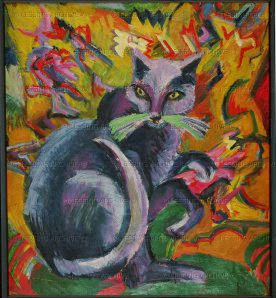============================
Armistice Day...Every Family Has a StoryI am reposting the same post I have put up for the past several years on 11 Nov, commemorating the end of World War I.
============================
ForVeteran's Armistice Day (as it was originally called)....
Every family has a story. My mother told me of my great-grandfather, Julius (or Jules?) Brinkmann, who was killed on this date in 1918 in World War I on the Western Front.
Word of the armistice, which took effect the 11th hour, of the 11th day, of the 11th month of 1918, did not reach all the lines in real time. He was killed sometime later that day, AFTER the armistice.
He would have been one of the very last casualties of the Great War. You know, the war that was supposed to end all wars.
Oh, and he was a German. Funny, that really doesn't seem to matter, does it?
What is your family story? Please comment.
This is a generic photo, not of Julius--because my Mom's family lost ALL their possessions, including family photos, when they were bombed out in Frankfurt in WW II--but it could have been.
For
Every family has a story. My mother told me of my great-grandfather, Julius (or Jules?) Brinkmann, who was killed on this date in 1918 in World War I on the Western Front.
Word of the armistice, which took effect the 11th hour, of the 11th day, of the 11th month of 1918, did not reach all the lines in real time. He was killed sometime later that day, AFTER the armistice.
He would have been one of the very last casualties of the Great War. You know, the war that was supposed to end all wars.
Oh, and he was a German. Funny, that really doesn't seem to matter, does it?
What is your family story? Please comment.
This is a generic photo, not of Julius--because my Mom's family lost ALL their possessions, including family photos, when they were bombed out in Frankfurt in WW II--but it could have been.



